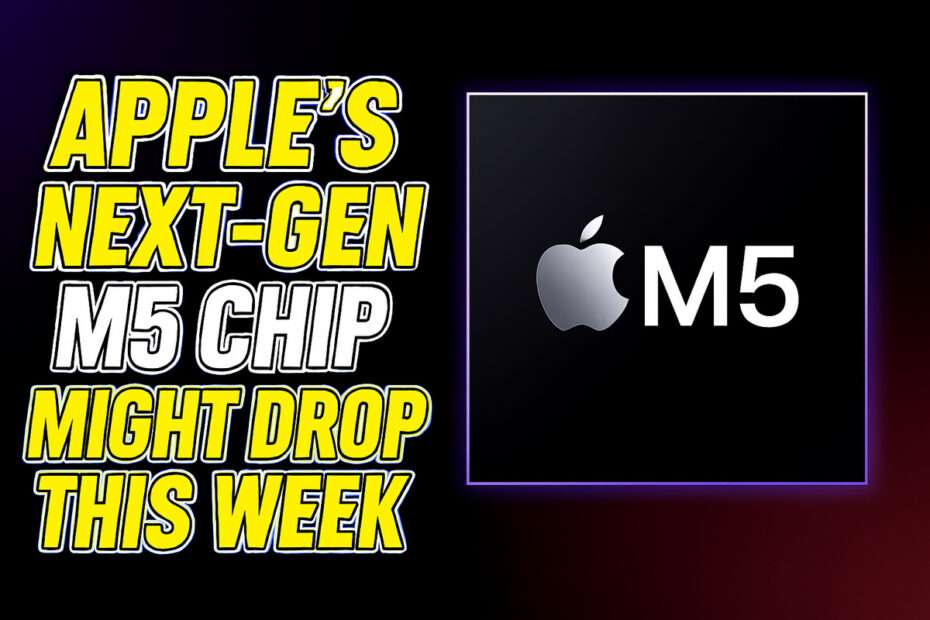Apple looks ready to take the next step in its computer lineup with the upcoming M5 chip. This new chip is set to become the engine for a range of upcoming products, beginning with a new iPad Pro and an entry-level 14-inch MacBook Pro, both anticipated to be announced shortly.
According to a report from Bloomberg’s Mark Gurman, Apple has progressed to mass production of M5-based devices, signaling that this new silicon will be the focal point of its October hardware announcements. The initial wave is expected to include the M5 iPad Pro and a refreshed Vision Pro headset, with additional products incorporating the chip scheduled to follow in early 2026.
The M5 marks the latest step in Apple’s multi-year transition to its own custom silicon. Apple hasn’t shared the full specs yet, but early tests point to steady improvements, faster speeds, better efficiency, and stronger performance under heavy workloads.
Independent benchmarks, including those from YouTuber Wylascom, line up with this direction. The M5 iPad Pro reportedly shows modest performance gains over its M4 predecessor, all within a familiar design that retains the same chassis and camera system. That lines up with reports from outlets like Notebookcheck, which suggest the M5 is more of a careful refinement than a ground-up redesign.
For the MacBook Pro line, the base M5 chip will first appear in a refreshed 14-inch model. However, those requiring more power will need to wait; the higher-performance M5 Pro and M5 Max variants are reportedly several months away, with a launch planned for early 2026. This staggered approach is consistent with Apple’s established playbook of introducing the standard chip first, followed by its more powerful counterparts.
Beyond computers and tablets, Apple is also preparing new external monitors designed to complement these new Macs. Furthermore, the Vision Pro headset is in line for an update that will leverage a faster M5-based processor. The new model is said to address early adopters’ feedback directly, offering not only better performance but also a redesigned, lighter strap to improve comfort, a move likely intended to counter initial critiques of the first-generation device.
For current owners of M3 or M4 devices, the upgrade incentive to the M5 may be limited. However, for users with older M1 or M2-based machines, the performance leap could be far more compelling, particularly for intensive workflows like multitasking, advanced photo editing, and video production.
In essence, the M5 generation appears to be less about a singular breakthrough and more about laying a robust foundation for Apple’s broader product ecosystem. This foundation will support everything from high-end tablets and laptops to spatial computing devices and, eventually, next year’s MacBook Air. With these launches, five years after debuting its first M-series processor, Apple is still refining the custom silicon that has become central to its hardware lineup.
Maybe you would like other interesting articles?

